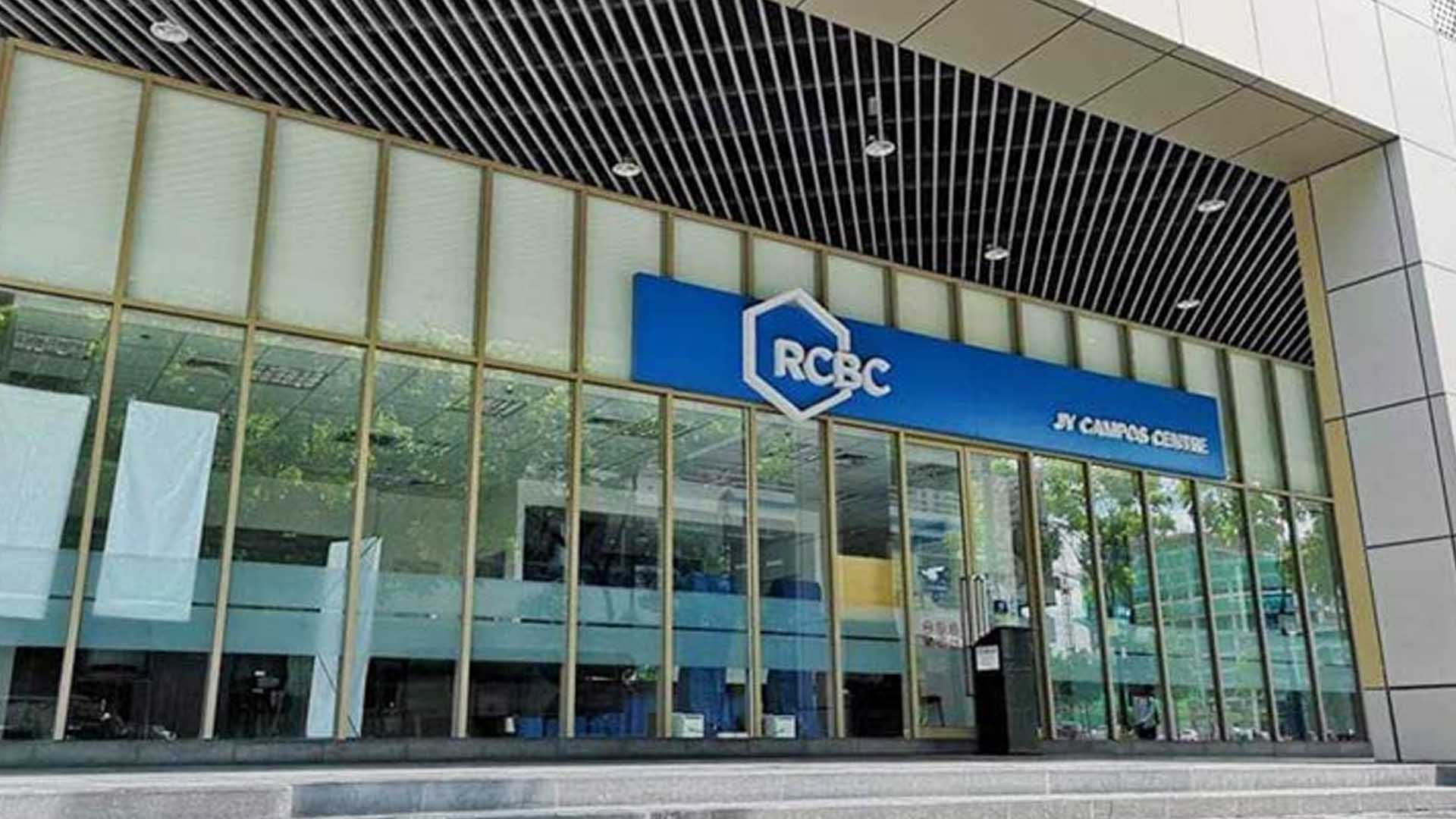Additional cuts on Bangko Sentral ng Pilipinas’ (BSP) key rates or banks’ reserve requirements cannot be discounted before 2019 ends in line with the Federal Reserve’s future decisions, as well as the domestic output.
The BSP’s policy-making Monetary Board (MB) slashed by another 25 basis points the central bank’s key policy rates, which brought the total cuts this year to 75 basis points, while it cut by 100 basis points the banks’ reserve requirement ratio (RRR) on Friday, which will take effect on the first day of the first reserve week of November this year.
The latest RRR cut was on top of the 200 basis points reduction in universal and commercial banks (U/KBs) RRR from May to July this year, and the 100 basis points reduction on demand deposits and negotiable order of withdrawal (NOW) accounts of rural banks (RBs) and cooperative banks (coop banks).
It would bring down to 15 percent the U/KBs’ RRR; 5 percent for thrift banks; and 3% for RBs.
Rizal Commercial Banking Corp. (RCBC) chief economist Michael L. Ricafort, in a reply to an e-mail from the Philippine News Agency (PNA), said further cuts in either the BSP’s key rates or the RRR “cannot be completely ruled out, especially if the US Federal Reserve makes further cut/s in the key US short-term interest rates and/or local GDP growth data remain relatively soft (that would still require further easing of local monetary policy).”
The Fed has reduced its target rates by a total of 50 basis points to a range of 1.75 percent to 2 percent, at 25 basis points each in July and September.
Relatively, domestic growth, as measured by gross domestic product (GPD), averaged 5.5 percent in the first half of the year, below the government’s full-year target of 6 percent to 7 percent.
Ricafort explained that the cuts on both the BSP’s key rates and banks’ RRR are expected to boost domestic output.
He said the latest 100 basis points reduction in banks’ RRR is expected to bring in additional PHP110 billion into the financial system.
“This will encourage greater lending by banks to large businesses, SMEs (small and medium enterprises), micro-enterprises, consumers, government, and other institutions, thereby resulting (in) faster growth in loans,” he said.
The economist also pointed out that “greater lending activities by banks spur greater economic activities, create more business and employment opportunities, and lead to faster economic/GDP growth.”
“The resulting increase in lending and economic activities, as well as the resulting lower local interest rates, would support sentiment and valuations in the local financial markets,” he added. (PNA)






